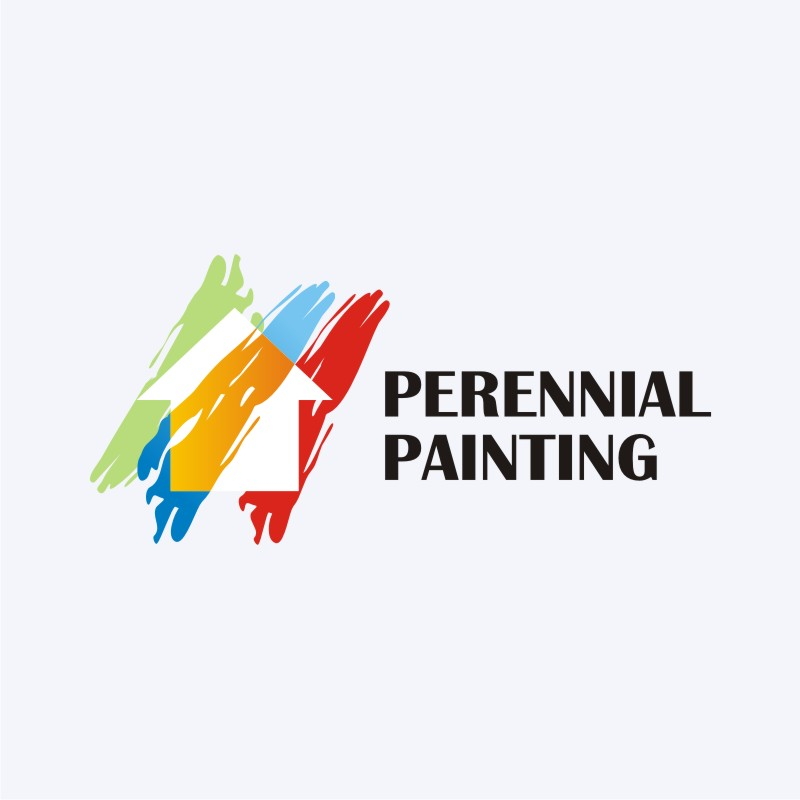Systematic Overview To Setting Up Your Wall Surfaces For Repainting
Systematic Overview To Setting Up Your Wall Surfaces For Repainting
Blog Article
Writer-Daugherty Gustavsen
When you're prepping your wall surfaces for painting, it's important to comply with a systematic process to guarantee a flawless coating. Start by taking a look at the wall for any type of damage; this action can make or break your task. Once you have actually identified any problems, cleaning the surface area correctly is necessary, as a filthy wall surface can affect paint bond. After that, you'll require to patch any kind of flaws and use a primer. Yet there are specific strategies and pointers that can boost your preparation video game-- let's explore those further to attain the best results.
Assessing Wall Surface Condition
Prior to you get your paintbrush, take a minute to analyze your wall surfaces' problem. Check for any kind of visible damages like splits, openings, or peeling off paint. These flaws can affect just how the paint adheres and looks when it's dry. If you observe any substantial damage, you'll require to focus on repair services prior to diving into painting.
Look very closely at the texture of your wall surfaces. Is the surface area smooth, or is there texture that might require unique factor to consider? Smooth walls normally require much less preparation, while textured surfaces may require more time to repaint uniformly.
Additionally, think about the previous paint work. If the old paint is glossy, it mightn't allow new paint to stick correctly. You'll wish to know if your wall surfaces have actually been painted with oil-based or water-based paint, as this can affect your choice of primer or paint.
Lastly, bear in mind of any wetness concerns. If you see indications of water damages or mold, address these problems immediately to prevent more issues.
Cleansing the Surface
Once you have actually assessed the condition of your wall surfaces, the following step is cleaning up the surface area. Start by gathering your supplies: a pail, warm water, a mild cleaning agent, a sponge or towel, and a scrub brush for tougher places.
Begin at Visit Web Page of the wall surface and function your way down. Mix the detergent with warm water in your pail, then dip the sponge or towel right into the option. Wring it out to prevent too much dampness on the wall surfaces.
As you clean up, pay close attention to areas that might've built up dust, oil, or finger prints. For stubborn stains, make use of the scrub brush carefully to stay clear of damaging the paint underneath. Wash your sponge or towel often in clean water to prevent spreading out dirt around.
After cleansing, it's important to wipe the walls with a wet cloth to remove any soap deposit. https://interiorhousepaintersnear00099.blog-gold.com/41888716/brace-on-your-own-for-the-amazing-adjustments-brought-to-life-by-paint-professionals-transforming-daily-atmospheres-right-into-phenomenal-artistic-creations makes certain a smooth surface for the new paint to abide by.
Allow the wall surfaces to completely dry completely prior to moving on to the following preparation steps. This comprehensive cleansing process will certainly aid develop a fresh canvas for your painting task, ensuring the best outcomes.
Patching and Priming
Patching and priming are critical steps in preparing your wall surfaces for a fresh layer of paint. Initially, examine your walls for any holes, splits, or blemishes. Utilize a top quality spackling substance or patching paste to load these locations.
Use the compound with a putty blade, smoothing it out so it's flush with the bordering surface. Allow it to dry totally, and then sand it gently till it's smooth and even.
When you've covered everything, it's time to prime. Primer helps secure the patched locations, making certain the paint adheres correctly and offers a consistent finish. Pick a primer appropriate for your wall surface type and the paint you'll be making use of.
Use the guide using a roller for larger areas and a brush for corners and sides. If your covered locations are dramatically big or permeable, you might wish to apply a 2nd layer of primer after the very first one dries.
After priming, allowed everything dry completely prior to moving on to paint. This preparation won't only enhance the appearance of your walls yet additionally prolong the life of your paint job.
Take your time, and you'll be pleased with the outcomes.
Verdict
By adhering to these simple actions, you can attain a smooth and specialist coating on your wall surfaces. Beginning by evaluating their problem, after that clean and patch any flaws before applying guide. Remember to permit ample drying time and ensure everything is smooth prior to you dive into paint. With the right preparation, you'll set the stage for an attractive improvement in your area. Currently, gather your products, take in the fresh air, and get ready to repaint!
